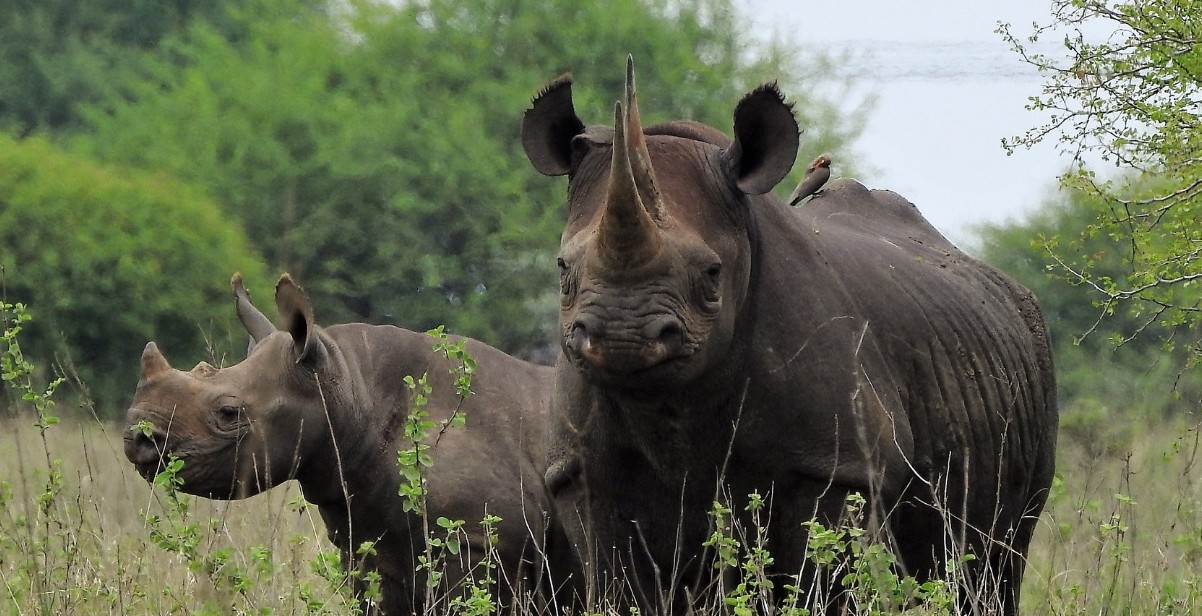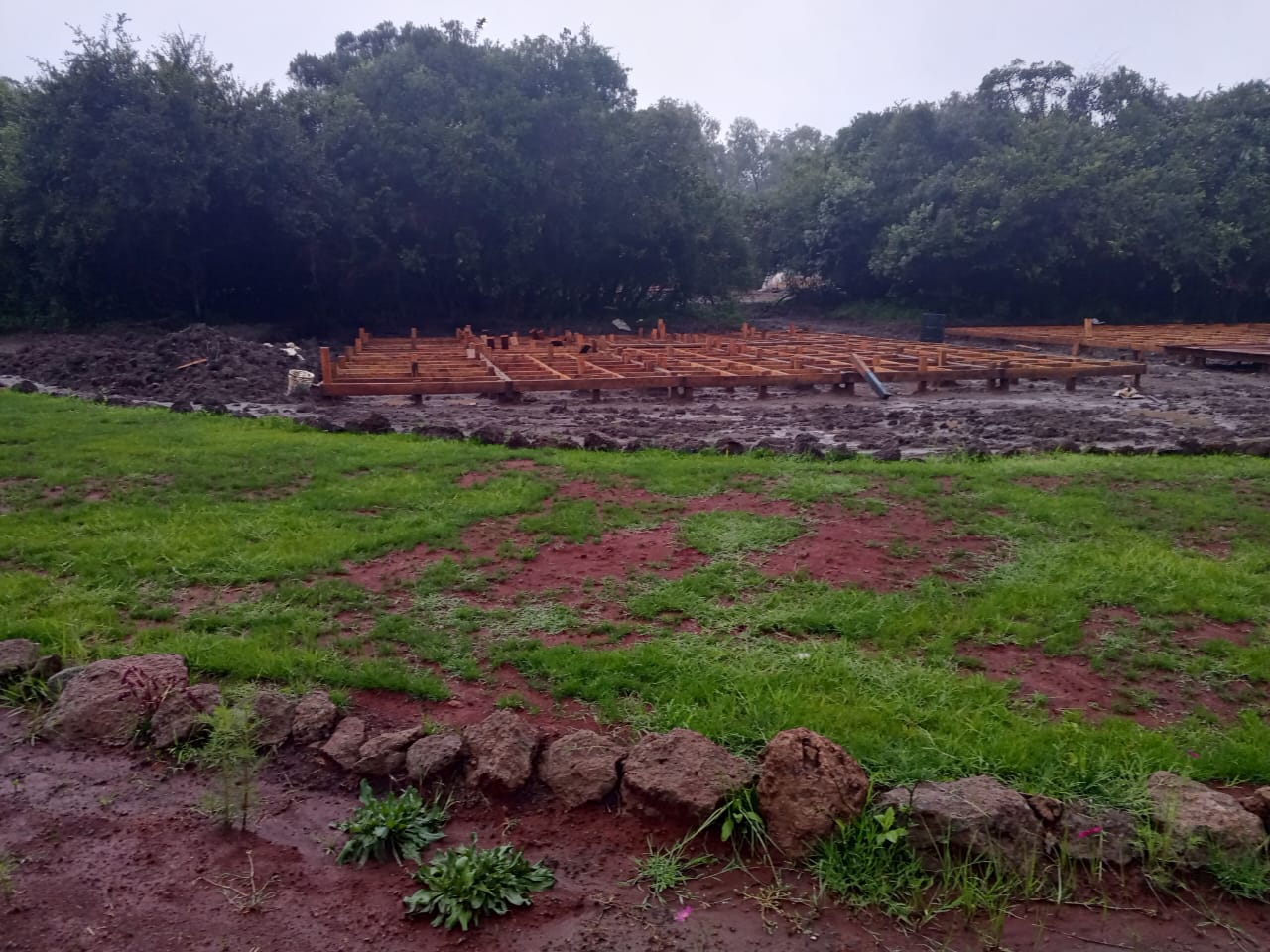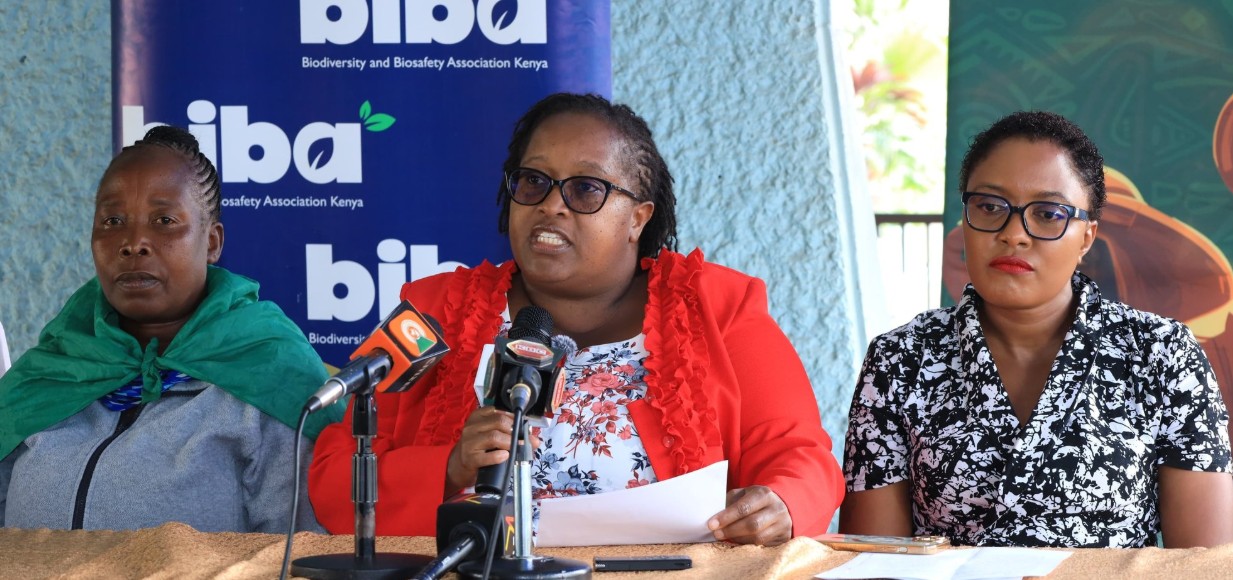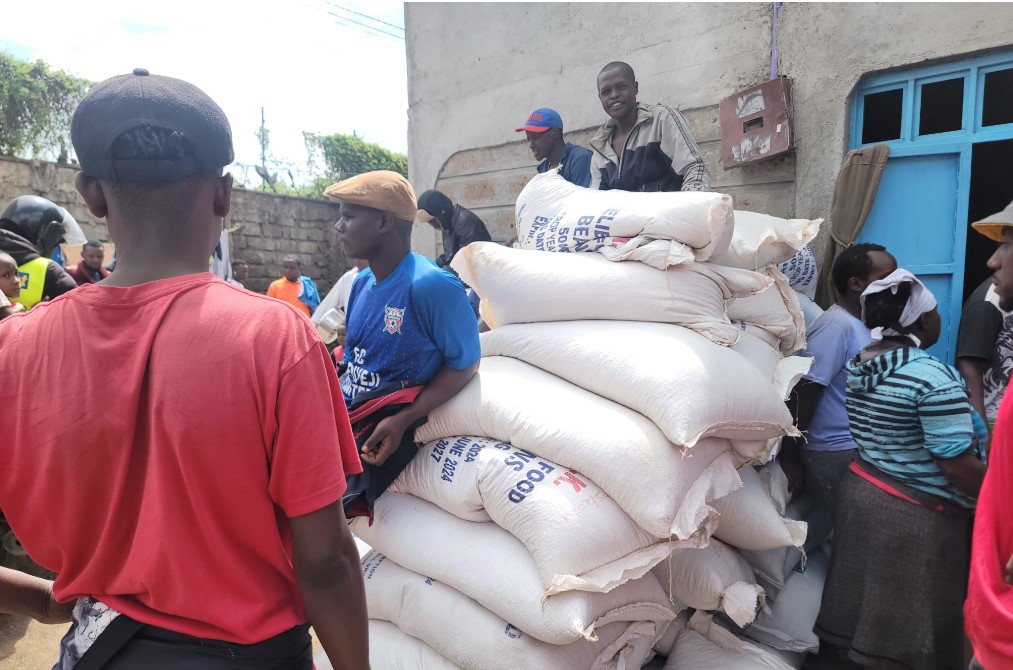Kenya’s rhino boom signals major win for wildlife conservation as population grows by 31pc

Save the Rhino International, in a statement issued on January 16, 2025, pointed to translocation efforts as one of the contributing factors to the growth in rhino numbers.
Kenya has recorded a rise of 497 rhinos in the last four years, with the total population increasing from 1,603 in 2020 to 2,100 in 2024, according to the Economic Survey 2025.
The report states that most wildlife populations have remained stable between 2020 and 2024, except for rhinos, which showed a notable increase.
More To Read
It says that in 2020, the population of black rhinos stood at 853, while southern white rhinos were at 750.
“For the black rhino and the southern white rhino, their population increased to 1,059 and 1,041, respectively, in 2024,” the report reads.
This growth represents a 31 per cent increase in the rhino population over the four years, signalling progress in conservation efforts focused on this endangered species.
Among the species whose numbers remained stable are the elephant, hirola antelope, mountain bongo, spotted hyena, lions, cheetah, African wild dogs and leopards.
Save the Rhino International, in a statement issued on January 16, 2025, pointed to translocation efforts as one of the contributing factors to the growth in rhino numbers.
It referenced a key operation in February 2024, in which 21 black rhinos were moved to form a new population in Laikipia.
“Rangers played a crucial role in protecting rhinos, making a significant commitment to safeguarding them,” the organisation said.
On February 25, the Kenya Wildlife Service undertook a major conservation exercise in the Maasai Mara Conservancy.
In the operation, 17 endangered black rhinos were ear-notched and fitted with transmitters to support ongoing monitoring and protection.
The initiative was carried out in collaboration with several key partners, including the Maasai Mara Conservancy, Wildlife Research Training Institute (WRTI), and 51 Degrees.
“With the support of trained professionals, pilots and drivers, the team demonstrated remarkable dedication to the cause, following the three guiding principles of discipline, safety and teamwork,” KWS said.
Other organisations that supported the effort were The Sheldrick Wildlife Trust, Safari Collection, Asian Wildlife Foundation, The Footprint Foundation and the Maasai Mara National Reserve, under the leadership of Chief Warden Stephen Minis.
Top Stories Today














































